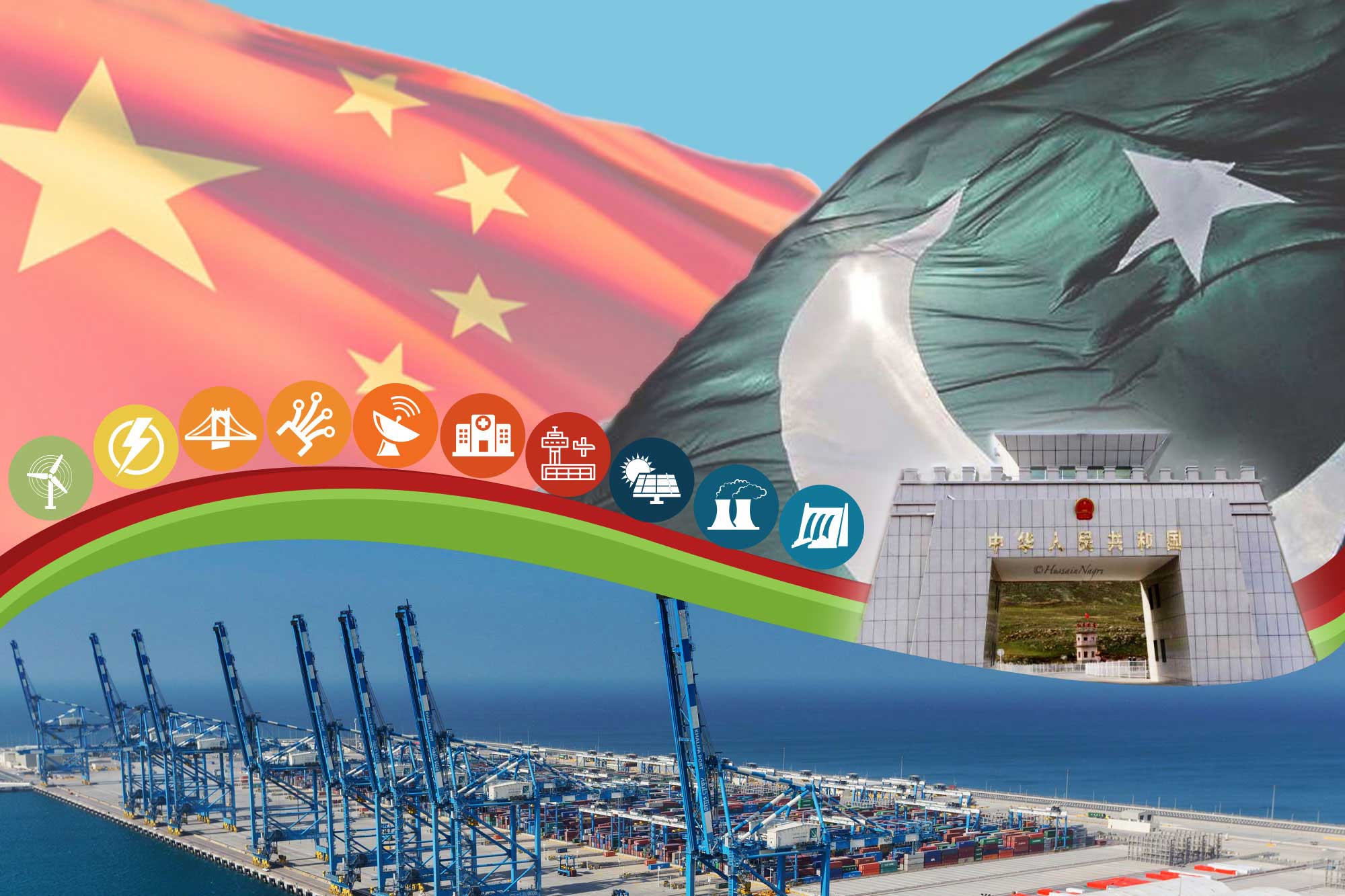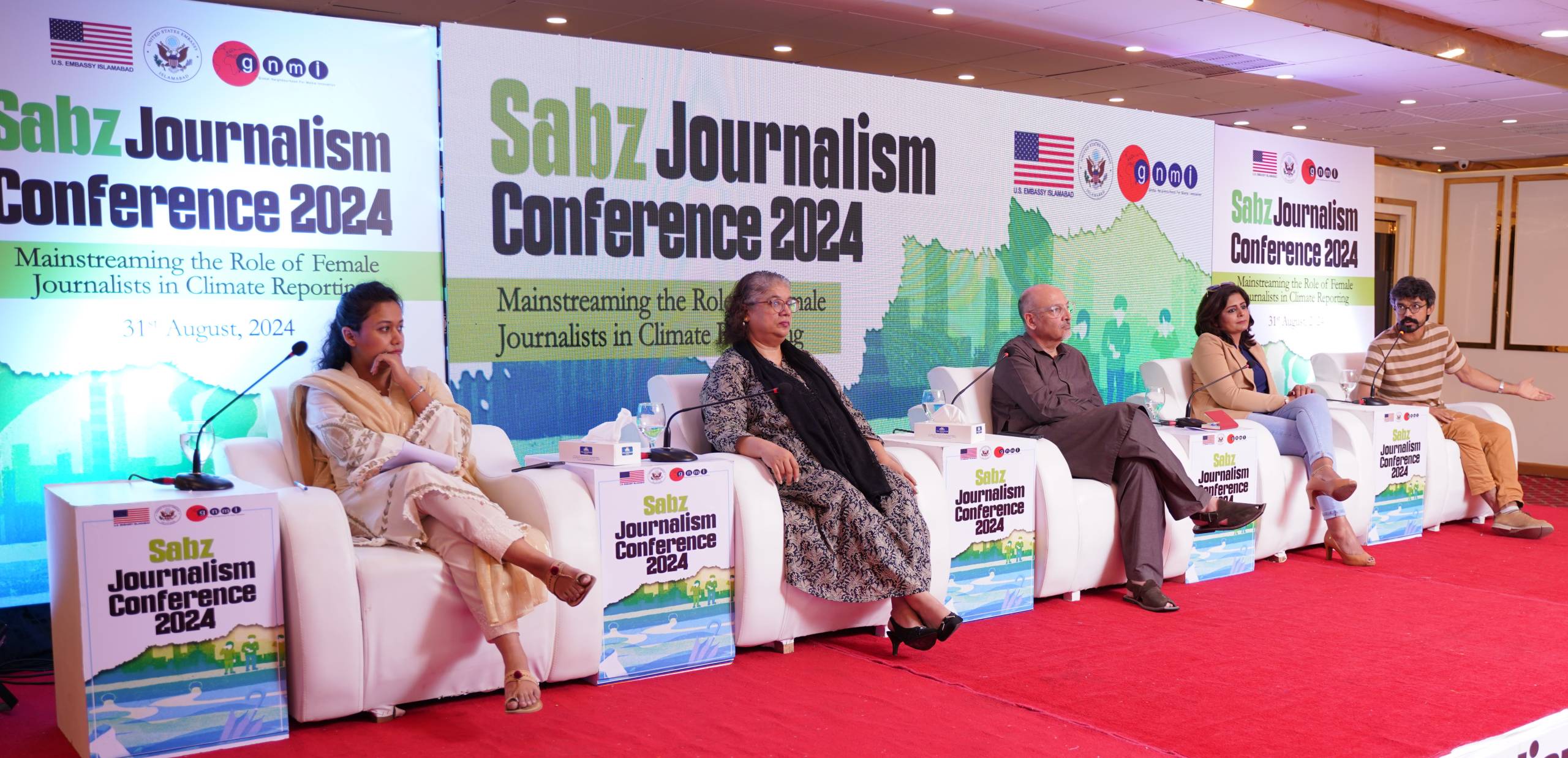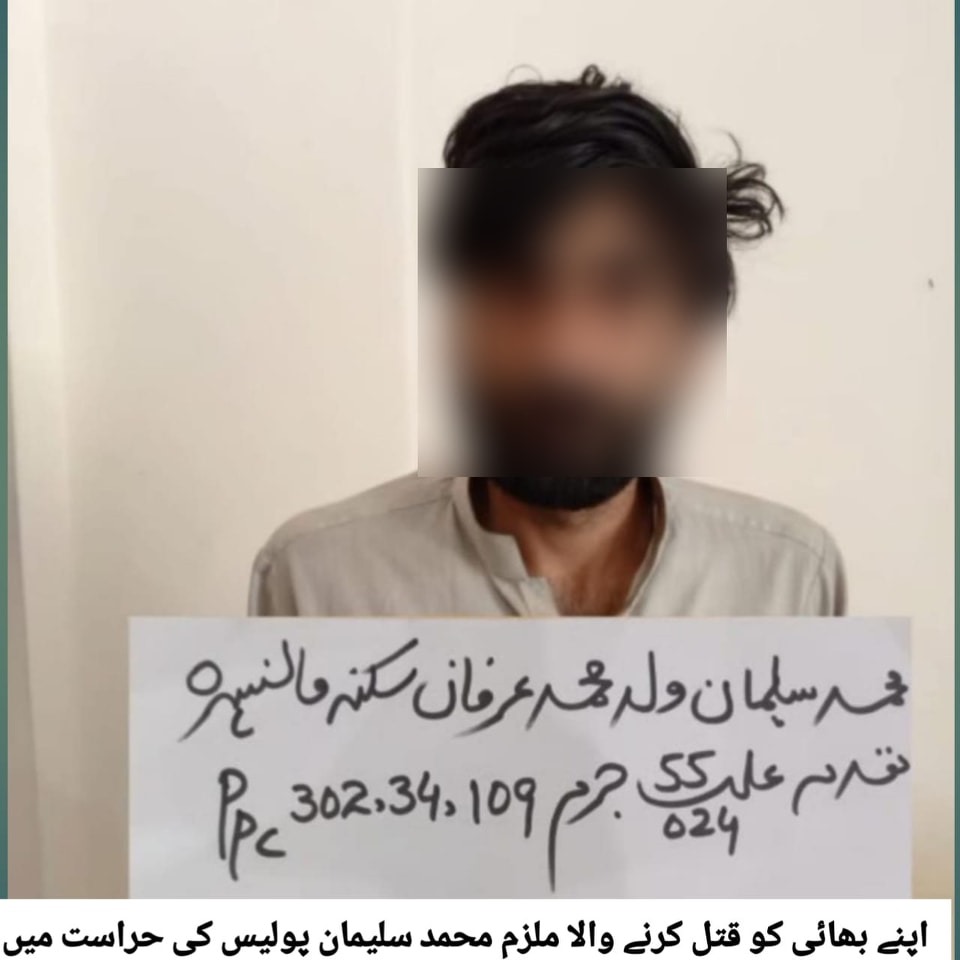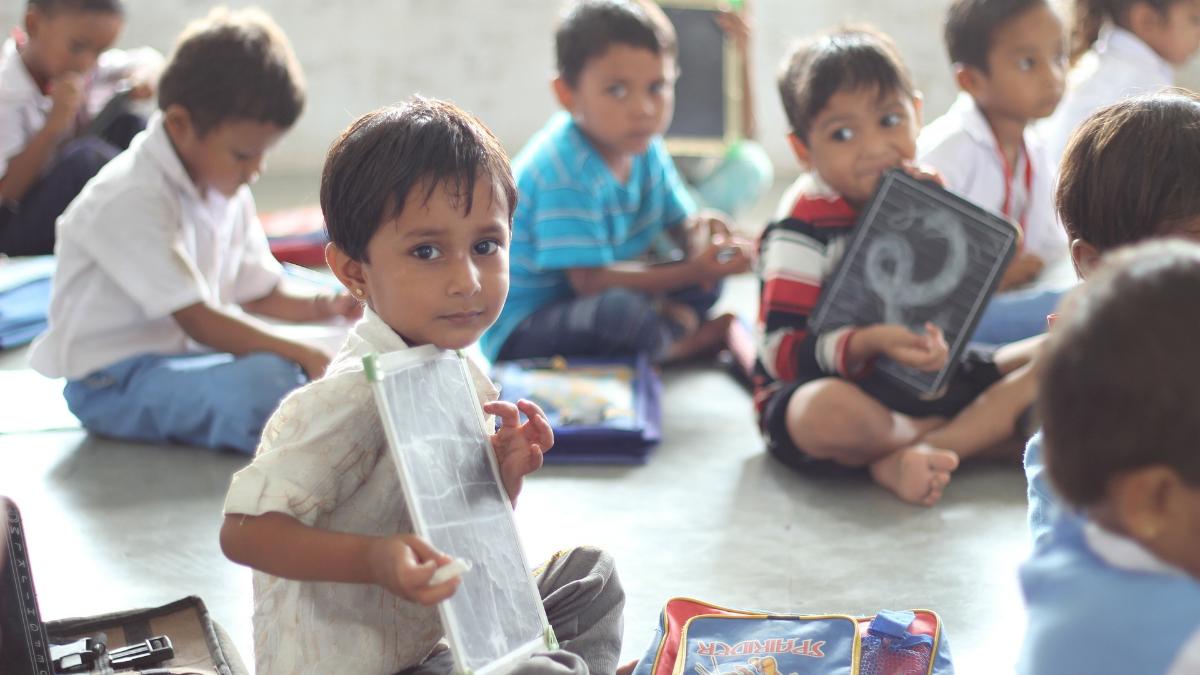By: Muhammad Suliman
The One Belt One Road (OBOR) initiative was proposed by Chinese President Xi Jinping in 2013. It is a historical initiative of China to connect the people all over the world.
It comprises two major programs entitled to Silk Road Economic Belt and 21st Century Maritime Silk Road. The Silk Road Economic Belt connects three major routes like China to Europe, the Persian Gulf, the Mediterranean and the Indian Ocean, while the 21st Century Maritime Silk Road is based on waterways among member countries of OBOR initiative. It comprises about 65 countries and 900 projects with an investment volume of 850 billion dollars.
The Asian Infrastructure Investment Bank (AIIB) was launched with its startup capital of 100 billion dollars in the context of OBOR . The One Belt denotes to the “Silk Road Economic Belt”, a revival of the old land-based Silk Road which connected China to central Asia, the Middle East and Europe. So, it is also known as Modern Silk Road.
The One Road denotes to the “21st Century Maritime Silk Road” which planned to connect Asia, Africa, the Middle East and Europe. This is also known as Maritime Silk Road. The aim of the OBOR is to connect Asia, Europe and Africa through strengthening partnerships among the countries.
In 2013, president Xi Jinping declared to establish and revitalize the old Silk Road by establishing a connection among China, all parts of Asia, Europe and Africa through infrastructure development like railways and roads.
It is the largest economic platform of the world which will promote global economic growth through strengthening economic cooperation.
OBOR is working in two ways viz. Silk Road Economic Belt and 21st Century Maritime Silk Road. The Silk Road Economic Belt consists of three routes connecting China to Europe, the Persian Gulf, the Mediterranean and the Indian Ocean.
On the other hand, the 21st Century Maritime Silk Road is based on water ways among OBOR member countries. OBOR is a mega project which covers two-thirds of the global population and three-fourth of the energy resources.
Though some researchers thought that OBOR is an initiative to promote their meltdown economy by creating smooth global markets, it is portrayed to reshape the political and economic order of Asia by developing a network of cultural, political and trading corporation. The OBOR already got 65 countries as member under its initiative. It connects Asian countries like Bangladesh, Brunei, Singapore, Sri Lanka, Cambodia, Myanmar, Maldives, Nepal, India, Sudan and Pakistan through seaports, oil and gas pipelines and economic corridors.
It also finances for free trade economic zones and energy development projects in its member countries.
China–Pakistan Economic Corridor (CPEC) is a key artery of China’s Belt and Road Initiative (BRI).
A blend of investment-loan-grant model of over US$ 46 billion, CPEC contains projects aimed at building energy and communication infrastructure and industrial zones.
The China-Pakistan Economic Corridor (CPEC) Project is going to be a positive turn-around both for Pakistan and the western region of China.
It represents two major trends in China-Pakistan relations:
A long experience of sustained cooperation in the economic domain over the last six decades has given sufficient confidence to the two countries to undertake such a major project; and the shared aspirations for a prosperous and stable future for the people of both countries.
The CPEC includes several energy production projects. These are very important for Pakistan as it suffers from acute energy shortages. While pursuing various energy projects, it is important that the cost of energy production is not very high, especially when it comes to alternative sources of energy like coal, wind and solar. If the cost of production is very high, the government of Pakistan will be faced with the problem of selling electricity at an exceeding high rate to public. If it decides to subsidise the cost of energy production, it will accentuate its economic problems.
There are three routes of the CPEC after it enters Khyber- Pakhtunkhwa from the Khunjerab Pass and Gilgit-Baltistan. The first (Western) route suggests that the CPEC will enter Balochistan via Dera Ismail Khan to Zhob, Qila Saifullah, Quetta, Kalat, Punjgur, Turbet and Gwadar.
The second (Central) route goes from Dera Ismail Khan to Dera Ghazi Khan and onwards to Dera Murad Jamali, Khuzdar, Punjgur, Turbet to Gwadar.
The third route (Eastern) enters the Punjab province from Khyber Pakhtunkhwa, going through Lahore, Multan and Sukkur, from there it takes the traditional highway to enter Balochistan, passing through Khuzdar, Punjgur, Turbet and Gwadar.
An alternate route is to go from Sukkur to Karachi and from there take the coastal highway to Gwadar.
Pakistan, China agreed on a batch of projects during 3rd Belt and Road Forum for International Cooperation, covering infrastructure, personnel exchange, climate, media, energy, water, medicine, etc.
The One Belt, One Road initiative offers considerable potential in several economic, political, cultural, and strategic realms; it also presents many uncertainties and potential concerns. Pakistan‟s leadership describes the CPEC as a game changer for Pakistan and the region. However, the dividends of this project will fully materialise gradually over a period of 10 to 15 years. Shortly, CPEC which is part of one belt one initiative can change fates and positive socio-economic impacts to the people living below the poverty line. Benefits in the field of education, vocational training, agriculture cooperation, and health sector must result in economic emancipation of the masses especially from underdeveloped areas.
It is estimated that a 14 percent growth rate of exports would be able to finance the additional foreign exchange burden of all the repayments on account of CPEC.
At its core, the CPEC is a large-scale initiative to build energy, highway, and port infrastructure to deepen economic connections between China and Pakistan. This initiative has been well-received in both countries, although it is not without its problems.
The writer is a Ph.D student at NorthEast Forestry University in Harbin China and hailing from Timergara, Lower Dir of Khyber Pakhtunkhwa.






